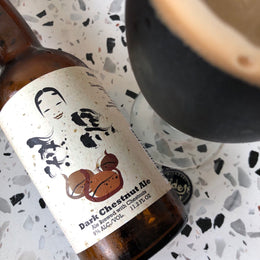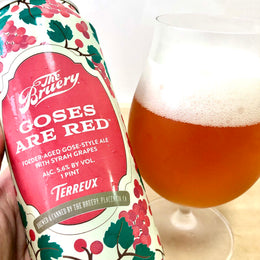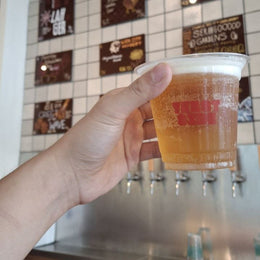
One of the world's most celebrated festivals is upon us - the Chinese New Year!
And with it comes a whole host of traditions and rituals, some fun, some on the back of fantastical folklores, some just simply arbitrary.
I'll share one such ritual with our dear readers today - the significance of the Pineapple.
One of the most common treats found during the Chinese New Year is the pineapple tart, a pineapple paste that is baked atop a buttery biscuit. It's sweet, it's buttery, it's a festive happy treat. Let's just all agree to forget the calories.


Pineapple tarts. (Image Source: Nyonya Cooking)
During Chinese New Year, families will go on visitations to the houses of friends and other families to wish them a prosperous year (we call that bai nian). As families prepare to play host to a never-ending stream of visitors, it's only customary of a good host to have an ample supply of treats to keep the guests satisfied. The pineapple tart is a classic.
And that's also because the pineapple, also known as ong lai, which literally translates to "fortune come", is not just tasty, but is an icon of fortune for the Chinese, as evidenced by its name.
In fact, even when it isn't Chinese New Year, new home owners or business owners partake in the practice of rolling a pineapple into their new home or office in a bid to encourage prosperity to enter.

Where I'm from, that is Singapore, the pineapple was actually a historical source of early prosperity for the young country. The fruit, which originates from South America, was brought back to Europe by none other than Christopher Columbus, which was then later brought to Malaya by the Portuguese as they travelled down south. Malaya then was a big source of rubber, which happened to grow really slowly, and so pineapples would be grown alongside these rubber trees, as they were ready for harvest quicker and provided some cashflow.
The cultivation of pineapples spread further south into Singapore, and was grown in the northern part of the island (in Yishun) nearest to Malaya, now known as Malaysia. It gave rise to the "Pineapple King", Lim Nee Soon, who canned the tropical fruit to be exported globally, making Singapore at one point one of the largest exporter of canned pineapples in the world.
This year, local Singaporean craft brewery Brewlander is bringing back an old favorite - the Ong Lai IPA, which was a big hit the past few Chinese New Year's.

旺来 (Ong Lai) IPA, Brewlander, 6% ABV - Review
Color: Pineapple Juice
Aroma: Bright fresh pineapple juice, somehow magically creamy and crisp all at once. There's fresh pine, mint, and more citrusy orange peels, the light zest of orange marmalade, flecks of honey, with a slightly cereal note and just a dash of coconut water.
Taste: A lot mellow, richer and denser than its aromas. It's buttery and malty, that of baked confectionaries, honey and butter biscuits. Yet it straddles a brighter taste profile of tropical fruits galore - pineapples, papayas and mangoes (a Tepache even - a refreshing drink made of fermented pineapple rinds). Then there's that fresh leafy crisp again of pine and eucalyptus.
Finish: More pronounced pineapple stuffing leaps out, and then fades into a light bitterness and herbaceousness, with just a slight savouriness.

My Thoughts
My Rating |
🍹A real tropical delight for an eternal summer. It's well-balanced between sweet-sour citrusy tartness and buttery, creamy richness, with the texture of a smoothie. Ridiculously easy to crush. |
Never mind Chinese New Year, this is one of those refreshing summer drinks you could have year round (since it's summer in Singapore all year round anyway) - it's sweet and sour, balancing tart zesty flavors with richer buttery biscuit notes. It's incredibly smooth with the texture of a fruit smoothie, and with such easy to love flavors, it's no wonder that it's a seasonal fan favorite that Brewlander's brought back. Great stuff!
Huat Ah!

@111hotpot







